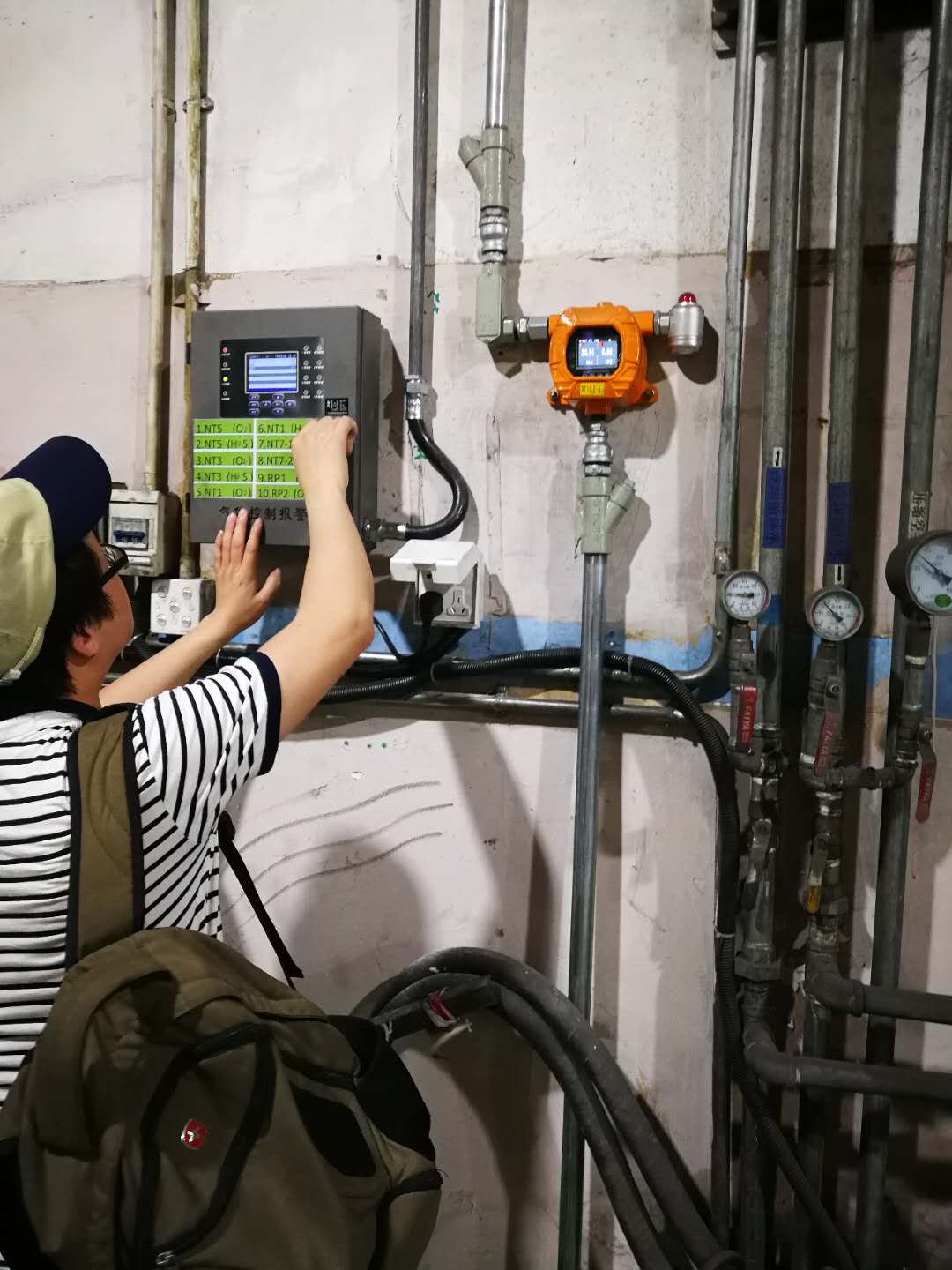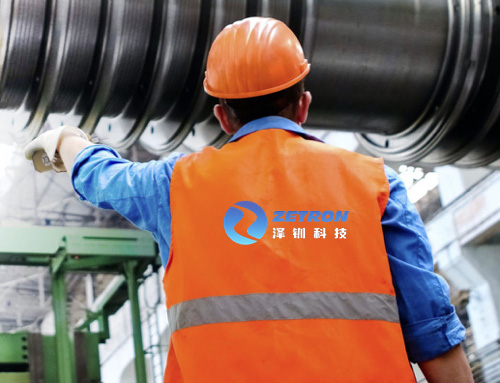Lithium batteries are also called lithium-ion batteries. Lithium-ion batteries were produced and commercialized by Sony in 1991.
Compared to other rechargeable batteries such as lead-acid batteries and nickel-cadmium batteries, lithium-ion batteries have the advantages of high energy density, relatively safe use, and no memory effect, and do not contain heavy metal elements such as lead, cadmium, and mercury that pollute the environment, so they are a more environmentally friendly type of battery.
01 Policy environment
The Ministry of Industry and Information Technology promulgated the "New Energy Vehicle Industry Development Plan (2021-2035)" in 2019, which states that the domestic new energy vehicle sales ratio is expected to reach 25% by 2025, and the intelligent networked vehicle sales ratio will get 30%.
Internationally, Europe has introduced the strictest carbon emission law, which will prompt significant car companies to accelerate the transformation of electrification, and European countries to promote the long-term development of the industry through direct subsidies and tax relief policies.
02 Lithium battery industry chain
The lithium battery industry chain is divided into upstream materials, midstream lithium-ion batteries, and downstream consumer electronics, new energy vehicles, and energy storage.
The upstream of the industry chain is the mining and processing of raw material resources, mainly including cobalt, lithium, graphite materials, carbon materials, and so on.
Upstream mainly includes cathode materials (lithium cobaltate, ternary materials, etc.), anode materials, electrolytes, diaphragm, and other auxiliary materials.
The midstream of the industry chain mainly refers to cell manufacturing and modules, connecting upstream cell production and downstream vehicle applications.
According to the data in 2020, the installed capacity of power battery enterprises is 58.4 GWh, accounting for 92% of the total installed capacity. Enterprises include Ningde Time, Kodaly, Xinwanda, YIWI Li-energy, BYD, Guoxuan High-tech, etc.
The downstream of the lithium battery industry chain includes the consumer electronics field, the new energy vehicle field, and the energy storage field.
New energy vehicles are an important thrust of the current lithium battery industry explosion, with new energy vehicle sales rising from 330,000 units to 1.21 million units from 2015-2019. The future demand for power batteries for new energy vehicles will still maintain growth, and this will also greatly increase the market demand for lithium batteries.
In addition, the application of lithium batteries in the field of electric bicycles as well as in the field of energy storage is also developing faster.
03 Lithium battery production accidents
In addition to the safety of the finished battery, we are also very concerned about the safety of the battery production process. When the electrolyte of a lithium battery encounters a large amount of water, it may explode due to rapid decomposition and exotherm. The working environment of the lithium battery production plant is exposed to flammable gases or toxic gases such as ammonia, CL2, HF, hydrogen sulfide, hydrogen, carbon monoxide, hydrochloric acid, Freon, phosphoric acid, etc. If the concentration of these gases exceeds the standard, there is a risk of fire, poisoning, and other hazards.
Lithium battery accident case
At noon on September 30, 2010, a warehouse on the 4th floor of an enterprise in Guanggu Venture Street was on fire. The open fire ignited a large number of lithium batteries stored in the warehouse and caused an explosion lasting for more than 20 minutes, with no casualties.
04 How to ensure the safety of lithium battery production
The MIC2000 and MIC600 are installed on-site to intelligently detect leaks of low-concentration gases.
The MIC2000 gas controller is suitable for detecting the content of toxic gases such as carbon monoxide and hydrogen sulfide in gas leak areas. The product is designed with integrated sound and light alarms, which can effectively warn of the danger of various types of gas leaks and ensure the personal safety of workers.
The MIC600 fixed gas detector is mainly used to detect the oxygen content in pipelines and containers. The modular sensor design supports hot-swappable replacement, and the explosion-proof design can be used in explosive hazardous locations. Real-time uninterrupted protection of personnel safety.







